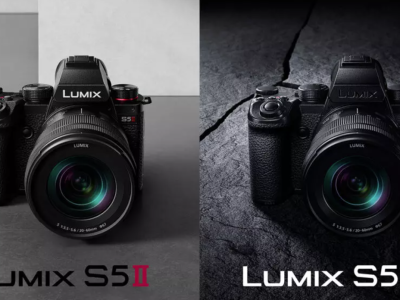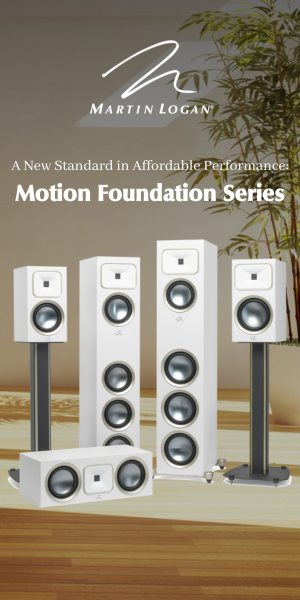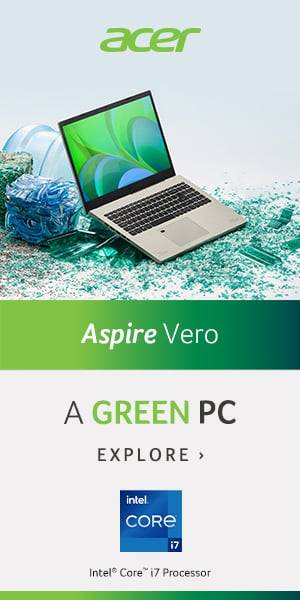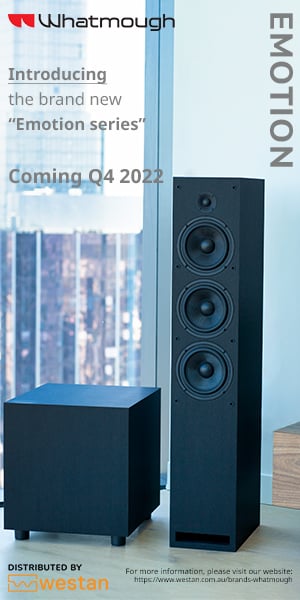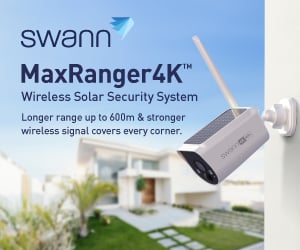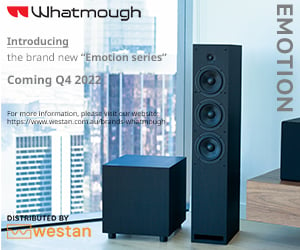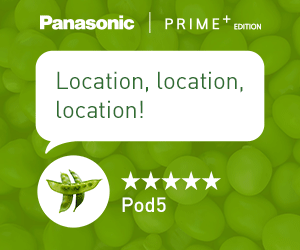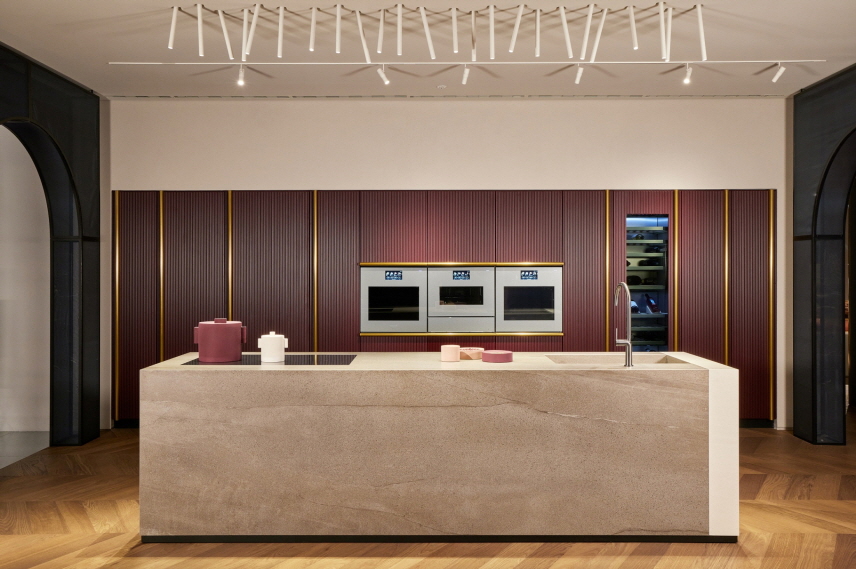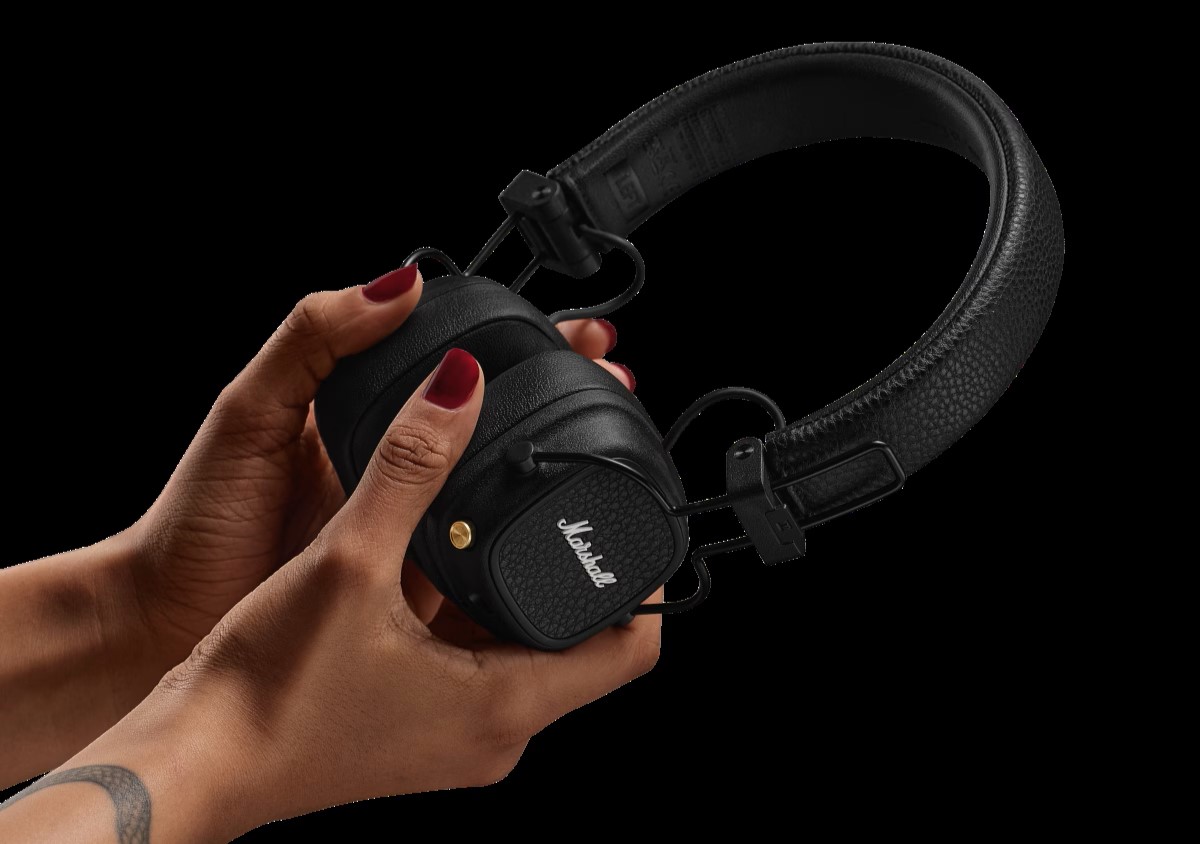2020 was a big year for Japanese Company Panasonic, especially in their appliance business as consumers turned to quality appliances and the Companies high-tech air-conditioning systems, but the big question now is what’s next for the Japanese manufacturer, who is struggling to find past form with health products now being a top priority along with a new generation of appliances according to senior management.
The popular COVID-19 Panasonic air conditioners generate nano-sized water particles that work against the coronavirus and other viruses as well as bacteria build up.
The Panasonic air technology that generates hydroxyl radicals, or atmospheric detergent, is now used in cars, elevators, buses, and trains in Japan with several business in Australia as well as consumers turning to this new generation of air conditioning systems during the recent pandemic.
Archrival Sharp has also developed what they call Plasmacluster technology to tackle the problems associated with COVID-19.
Now the Company is going after more profitable appliance business under a new CEO Yuki Kusumi, who was appointed as group CEO after leading a restructuring of the company’s automotive business.
Sales of Panasonic’s Ziaino air purifiers, which generate hypochlorous acid, a virus-inactivating substance, have trebled to over $100 million amid the coronavirus pandemic. The company is aiming for sales of almost $500 million in the next five years.
Shinada, the appliance business CEO, said in an interview with Nikkei Asia that the company is trying to put behind it the image of Panasonic being a declining TV maker, as it shifts toward health-related products.
Last year Panasonic exited the Australian TV market a move that will see Sharp return to the Australia TV market later this year.
At Panasonic profitability is put ahead of “being No 1 according to management.
“In some categories, we should aim for No. 1 in the world, in others we aim for profitability. We may not become as big as LG, but we can compete in terms of profitability,” Shinada said. “We want to make the rest of the world know that Panasonic has been reborn.”
His nine-year term as CEO ended on March 31. He oversaw the aftermath of what analysts say was an overpriced Sanyo Electric acquisition in 2009, exits from semiconductors, LCD panels and solar panels, and a shift toward automotive components and avionics.
Panasonic’s share price has risen more than 35% since the leadership changes were announced in November.
On Feb. 2, the company upgraded its forecast for its annual profits in the year to March, which will be announced next month.
Its electric vehicle battery venture with Tesla is expected to turn profitable on an annual basis for the first time since production started in 2017.
When he was appointed Kusumi said “In our company, there are many businesses that are only generating low returns,” he said. “From the viewpoint of our founder, it means our businesses aren’t contributing as much to the society as before.”
During the past decade Panasonic has gone from being a powerhouse consumer brand in Australia to today operating in niche markets where there is demand for their premium products, this includes Lumix cameras, appliances, audio systems and air conditioning systems.
The Asian Niki reported recently that in post-war Japan, Panasonic was a symbol of recovery.
It produced and exported appliances that — like those of many other Japanese companies — were initially considered second-rate goods but gradually acquired an international reputation for quality.
By the 1990s, Panasonic rivalled Sony and Philips for the position of top global TV maker.
In the mobile phone market, too, Panasonic was a top global contender along with Motorola, Nokia, and Ericsson.
In the year ended March 1991, Panasonic was the second most profitable Japanese company after Toyota Motor and a top consumer brand in Asia.
Having grown into a corporate behemoth, however, it has struggled to adapt to changing times — instead, becoming emblematic of Japan’s struggling manufacturing industry.
The company’s operating profit margin stayed below 5% for most of the past two decades and stood at 4% at the end of this past December, behind that of Sony at 11.1%, Hitachi at 6.3% and LG at 5.1%, according to data from QUICK FactSet.
Its market capitalization is still half its 2006 peak and about a quarter of Sony’s.
In Japan, Panasonic commands a near 30% share of the consumer appliances market, but its global share in 2020 stands at 2.5%, down from 2.8% in 2015.Thw Company is keen to rectify this situation in markets such as Australia.
That puts the company seventh in the world, behind peers such as Midea, Philips and Haier, according to market research company Euromonitor.
Even in air conditioners — a Panasonic strong suit — the brand’s global share during the past five years has slipped to 4.1% from 5.1%. That makes it No. 5 in the world, Euromonitor data shows.
“It’s an overly diversified company. … The company has too many products,” said Atul Goyal, managing director of equity research at U.S. investment bank Jefferies. “I wish them to first focus and shrink to a smaller size, be a winner in three to four businesses, then grow those four businesses, not going left, right and centre.”
Some experts say the issue is much more to do with marketing than with technology. Marketing, especially in the global markets, is seen as critical.
“How to sell in large volumes is always a challenge to Panasonic,” said Atsushi Osanai, a professor at Waseda University Business School. Unless the company gets its global marketing right, it will remain “an elephant at home, a cat abroad,” Osanai said.
Others say Panasonic, like other Japanese electronics makers, has been too focused on technology while not paying enough attention to product convenience, ease of use, digital features, and cost-performance.
Back in 2010, when Panasonic decided to invest $30 million in the start-up, the EV market was small and the outlook uncertain. In 2014, Panasonic agreed to participate in the development of Tesla’s “Gigafactory” EV plant, which came online in 2017.
But when the idea of expansion came up in 2018, Panasonic hesitated. It took the company until August 2020 to decide to go ahead this was a fatal delay as competitors such as LG stepped in to partner with Tesla.
to go ahead this was a fatal delay as competitors such as LG stepped in to partner with Tesla.
Shinada, the appliance chief, said the company is regaining its “fighting spirits.” He acknowledges that Panasonic needs to focus on areas where it has strengths. “‘Working for people’ has been the original mission of this company. That’s what we want to focus on.”
He added that the appliances business is now broad, including business-to-business services such as making large air conditioners for offices and refrigeration systems for supermarkets and convenience stores.
Shinada stressed that Panasonic has a way to go in terms of reducing the cost of its products and making them more suitable for a wider number of consumers outside Japan. The company’s decision to shift the global appliance business to China is an example of how it is trying to respond, he said.
“We are committed to reviving the home appliance business in [Southeast] Asia just as much as we are committed to the Chinese market,” he said.












